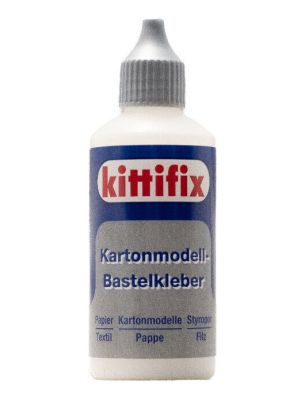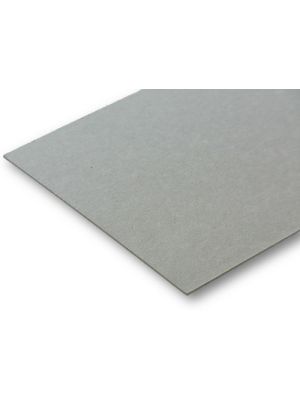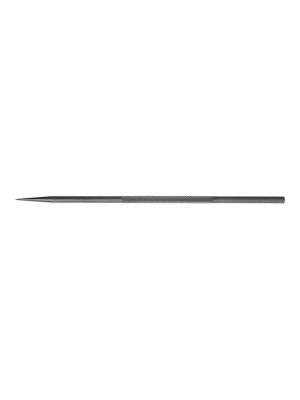Hanseatic Cog
Scale: 1/100
Skill Level: difficult
Size (LxWxH): 240x80x300 mm (9x3x11 inch)
Available in 8-12 days
This elaborate kit by Alvar Hansen is built on frames, just like the original. With numerous details, two different sails, and many flags and coats of arms, many different variations can be built. The model is also ideal for a diorama.
Angaben zur Produktsicherheit
Hersteller / Manufacturer:
Aue-Verlag GmbH, Korber Str. 20, D-74219 Möckmühl
Kontakt: https://www.schreiber-bogen.de/
| Product type | Papermodel |
|---|---|
| Manufacturer | Schreiber Bogen |
| Scale | 1/100 |
| Designer | Alvar Hansen |
| Difficulty | difficult |
| Sheet size | 220 x 310 mm |
| Sheets | 7 |
| Parts | 286 |
| Length | 240 mm (9.45 inch) |
| Width | 80 mm (3.15 inch) |
| Height | 300 mm (11.81 inch) |
| Bauanleitung | German, Pictures |
With cog ships, the merchants of the Hanseatic League transported their goods across the seas: wine, beer, grain, salt, furs, fish, and much more. They were so successful that their cities flourished and dominated politics in Northern Europe for centuries. Some places still proudly call themselves "Hanseatic City" today. But the ships disappeared centuries ago. Their appearance was forgotten. It wasn't until 1962, during dredging work in Bremen, that a wooden ship came to light, identified as a complete Hanseatic cog. After 38 years of reconstruction (from 2000 individual parts!), examination, and conservation, it was handed over to the public in May 2000 at the German Maritime Museum in Bremen.
Not all, but many secrets of the wreck have been solved: The Hanseatic cog was made of wood cut in the surroundings of Kassel and transported downstream on the Weser River in the year 1380. A Weser flood tore the nearly completed ship from its assembly site, causing it to capsize and sink. It lay at the spot of its sinking for almost 600 years. At 23 meters in length, our cog was certainly not the largest ship of its type. Its main features are the bulging hull, predominantly built in clinker construction, with overlapping planks, the raised platform at the stern (the so-called castle deck), the central rudder, and the large pole mast with a square sail. Based on the dimensions of this sensational find, faithful replicas of the cog were built in Bremerhaven and Kiel, which are now used for tourist trips.
Dr. Siegfried Stölting, German Maritime Museum Bremerhaven


 Deutsch
Deutsch




















